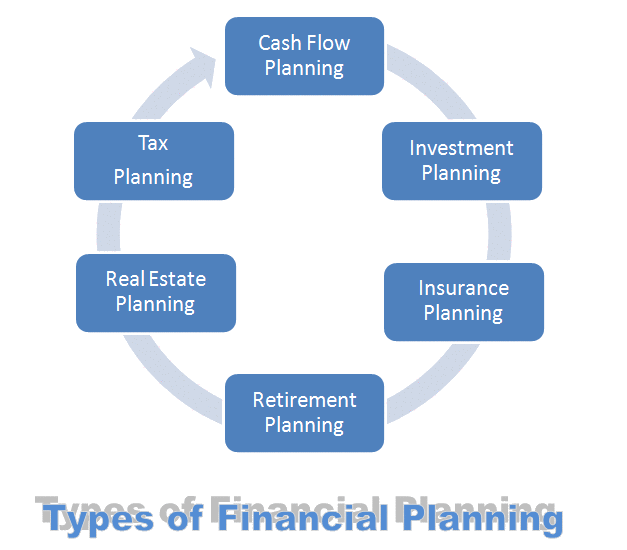Financial institutions are increasingly attractive to cyber-criminals because of their valuable data. Over 25% of malware attacks are directed at the financial sector, and the threat is expected to grow as more US financial institutions digitize their operations. The most common cyber risks in banking and financial services in 2025 include:
- Data theft.
- Malware strains.
- Phishing.
- Distributed denial of service (DDoS).
- Financial scams and trojans.
- Ransomware.
Cybercriminals target financial firms because they deal with a wide range of assets, including credit cards, cryptocurrency, and bank accounts. Hacking is especially prevalent in cryptocurrency because of the use of unsecured networks. The rise of cyber risks targeted at financial firms means that they must be cautious about dealing in the current digital environment to protect their investments and clients’ information.
If your financial firm has a cloud infrastructure, you need sophisticated management protocols to discourage cyber-crime. You should consider scalable security solutions to protect your systems from automated and targeted ransomware and malware attacks. To get the full picture of the present-day state of cybersecurity, you can explore the summary below, which also includes associated regulation:
The Current State of Cybersecurity Threats to the Financial Sector
Verizon’s 2020 Data Breach Investigations Report featured data from 81 organizations, including consulting firms, cybersecurity companies, and government agencies. The report showed that cyber-crime affects all industries, but some are more vulnerable than others. The financial sector had 1,509 incidents and 448 data disclosures to rank as the fourth most affected industry. These numbers were double those on the previous year’s report.
Major Three Patterns
It is crucial for compliance officers to study trends in operational risks for financial firms to design relevant breach prevention solutions and protect assets. 81% of the breaches in the Verizon Report fell into the categories listed below:
- Misuse of privilege
- Internet applications and network security
- Miscellaneous mistakes
Threat Parties
A thorough analysis of cyber threats should also include the identification of the actors who launch attacks. The Verizon Report determined that internal parties launched 35% of cyber-attacks, and you should therefore avoid focusing solely on external criminals:
- External parties launched 64% of breaches
- Internal actors were responsible for 35% of breaches
- 1% of breaches featured multiple parties
Targeted Data
Compliance officers should also review the kind of data that is likely to be compromised. The Verizon report includes additional data statistics:
- Personal information is highly-attractive as it represents 77% of compromised data
- User credentials made up 35% of targeted data
- 32% involved financial and banking information
- Data that originated from other sources represented 35% of compromised information
Regulatory frameworks hold financial firms accountable for the protection of transaction information and client data. To fulfill this duty, financial companies should first identify the nature of the risks in the sector and then develop cyber risk management programs.
The New Regulations and Standards that affect Financial Services
Here are the new regulations and standards that affect risks in banking and financial services are as follows.
General Data Protection Regulation (GDPR)
All firms that collect data on EU citizens will need to comply with the strict guidelines that protect customer data as laid out in the GDPR. These regulations also apply to companies that process this data even for other firms, whether or not they are based in the EU.
The GDPR takes a wide-ranging view of what comprises Personal Identification Information (PII) and sets the guidelines for processing such data. For example, companies must have the same degree of robust security systems for cookie data and IP addresses as they have for credit card numbers and addresses.
Under the regulation, EU citizens can withdraw authorization for processing activities and opt-out of information collection for marketing reasons. Therefore, companies need to have the necessary systems to provide a complete record of an individual’s PII, correct erroneous data, and locate and erase personal data upon an EU citizen’s request.
California Consumer Privacy Act (CCPA)
The CCPA gives California citizens more power over their data and requires companies to disclose what is being done with consumer information. The act applies to for-profit establishments with operations in the state that meet the following requirements:
- Gross revenue of over $25 million
- Buys, receive, shares, or sells the personal information of over 50,000 of the state’s residents, households, or devices for commercial reasons in a year
- Earns 50% or more of yearly revenue from selling personal information
The CCPA offers consumers many of the rights as the GDPR. California residents can opt-out of data collection, ask for their data to be deleted, and get information on the business their data will be used for. Consumers also have the right to equivalent service from the company even if they opt-out of data collection.
How To Counter Cyber Threats To the Financial Sector?
Modern-day bank robbers are anonymous, internet-savvy attackers who hide behind screens. Their methods are becoming increasingly sophisticated, and banks need to update their risk management protocols to protect sensitive data. Below are several tips that financial institutions can implement to counter cyber-crime:
- Use a continuous monitoring tool to determine risk tolerance and provide management with the necessary information to discourage cyber-crime
- Keep updating control and risk assessment tools to show compliance in case of a breach
- Install automated systems to consolidate data and indicators about the company’s IT infrastructure, transactions, and processes
- Collect information from processes, controls, and transactions in a more timely and cost-efficient manner
As demonstrated risks in banking and financial services in 2025 above, it is essential to use continuous monitoring tools to update your security and collect the information required to satisfy audits of your controls and procedures.







